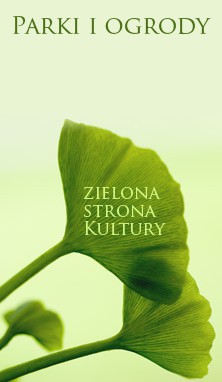Jerzy Siemiginowski: A Master of Baroque at the Court of Jan III
Konrad Pyzel, Jerzy Siemiginowski: A Master of Baroque at the Court of Jan III, seria monograficzna, Warszawa 2024, ISBN 978-83-972399-1-3
Kup teraz w e-sklepie!
Jerzy Siemiginowski can justly be considered the foremost painter at the court of King Jan III. The years of education in Rome, financed by the monarch, enabled him to gain a thorough command of the workshop and conventions of painting. They gave him an intellectual facility in drawing inspiration from the troves of artistic achievements of the Antiquity, the Renaissance, and the Baroque. The works of Master Eleuter are typified by elaborate composition, flawless lines, and harmonious colouring; they represent the crowning achievement of the art of painting in the Commonwealth in the late seventeenth century.
He portrayed major historical figures; he created etchings and paintings – mostly for churches in Warsaw and Kraków; he contributed to architectural and scenographic projects. His works were valued and celebrated. He earned a lot – no one else could command the kind of pay that he received for his canvasses. Born a burgher, he consistently strove upwards the social ladder, until he finally became a nobleman.
The one work of exceptional stature within his oeuvre are the plafonds of The Four Seasons at the Wilanów Palace, a crucial component – in terms of aesthetics as much as ideological content – of the decorations in the Royal Apartments. They testify to the degree of skill of the artist, while also proving the extent of knowledge of art possessed by King Jan III, a man of education who felt strong ties to the traditions of the Antiquity, expressed in the content as much as the form of the decorations found in his residence.
Paweł Jaskanis, Director of the Museum of King Jan III's Palace at Wilanów
Polecane

Seria wydawnicza „Silva Rerum”
Wilanowska „Silva Rerum” to seria, która w popularnej formie udostępnia wyniki badań naukowych i przybliża bogactwo kultury staropolskiej. Z tych opowieści wyłania się fascynujący obraz Rzeczypospolitej Obojga Narodów na tle nowożytnej Europy.

Seria wydawnicza „Monumenta Poloniae Culinaria”
Muzeum Pałacu Króla Jana III w Wilanowie wydaje źródła i opracowania dotyczące staropolskiej kuchni i kultury stołu, we współpracy z dr. hab. Jarosławem Dumanowskim, profesorem w Instytucie Historii i Archiwistyki Uniwersytetu Mikołaja Kopernika, założycielem Centrum Badań nad Historią i Kulturą Wyżywienia (Stacja Naukowa Polskiego Towarzystwa Historycznego).

Seria „Muzeologia”
Wilanowska seria "Muzeologia" prezentuje interdyscyplinarne studia z zakresu muzeologii, rozumianej szeroko jako nauka o współczesnych muzeach, ich filozofii, etyce, misji, metodach działań, praktyce, zadaniach, wykorzystywanych technologiach.

















